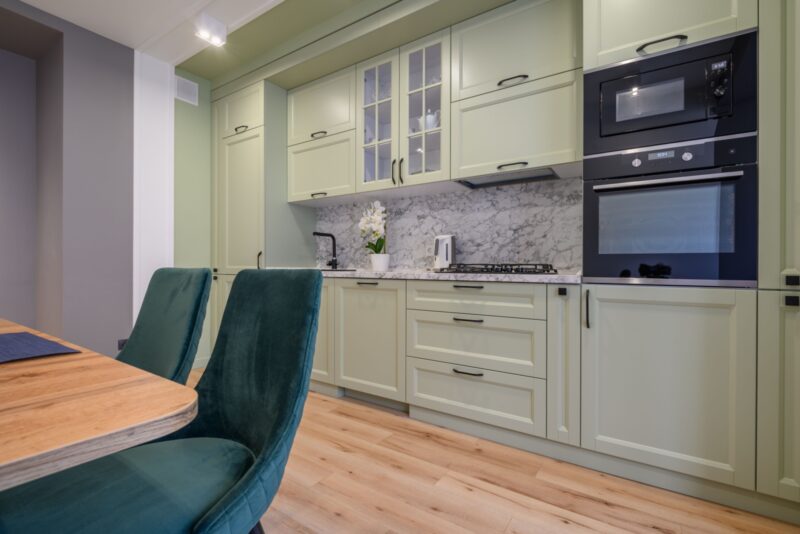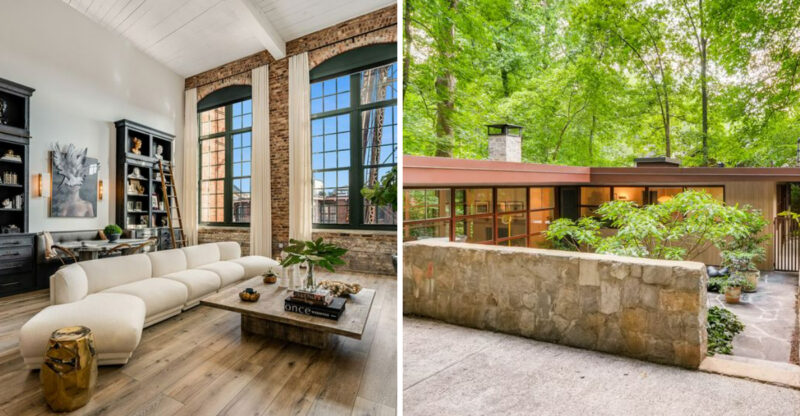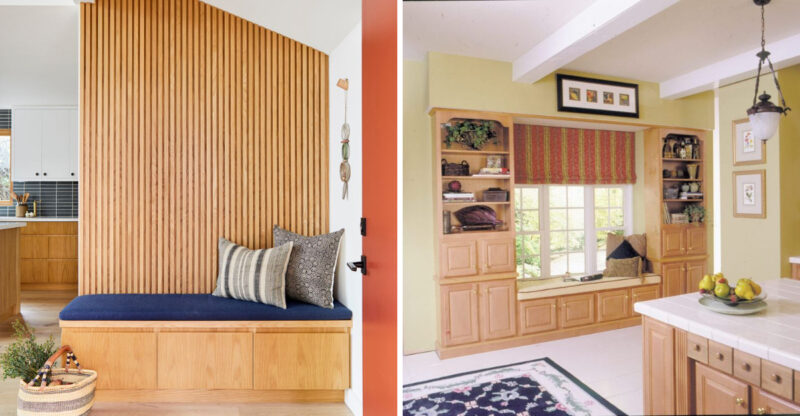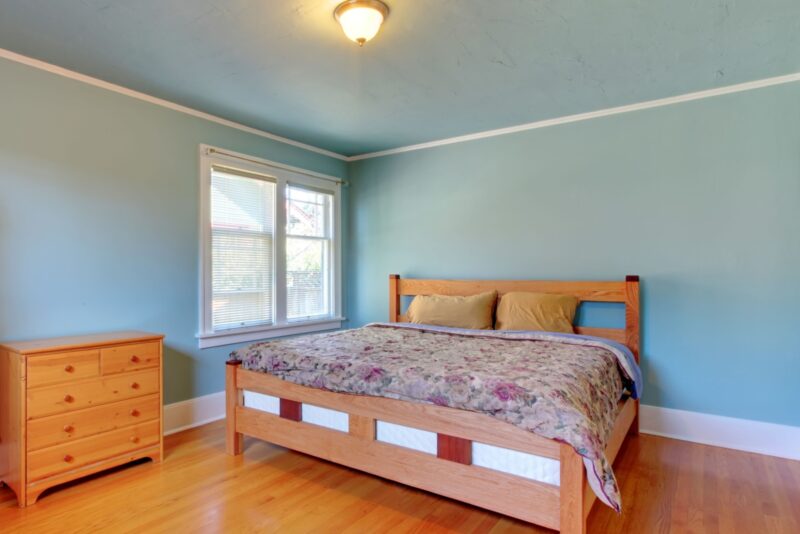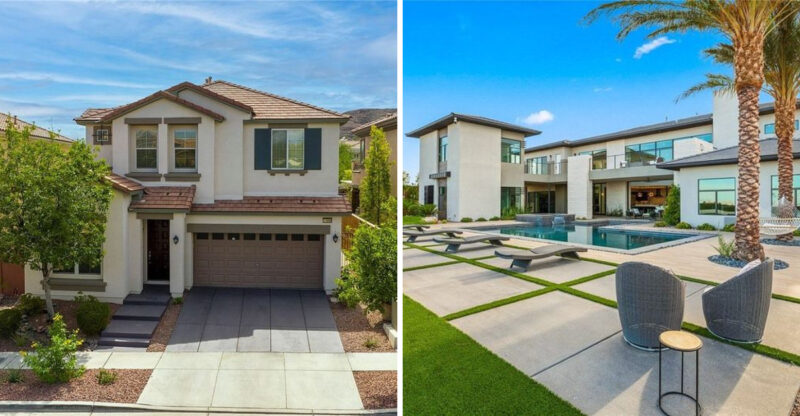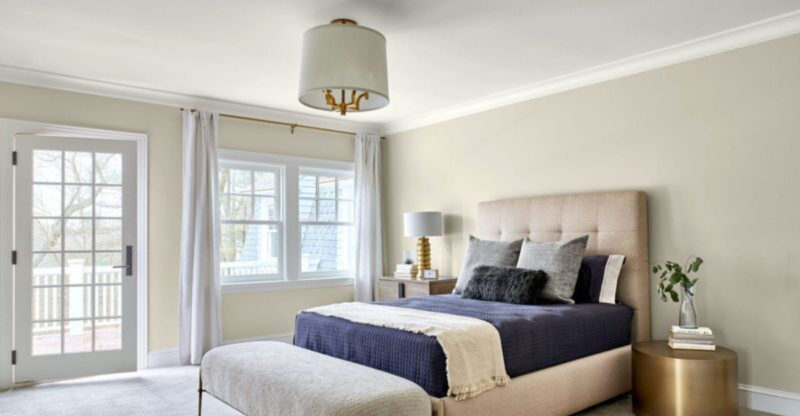12 Classic Ohio House Styles Making A Comeback
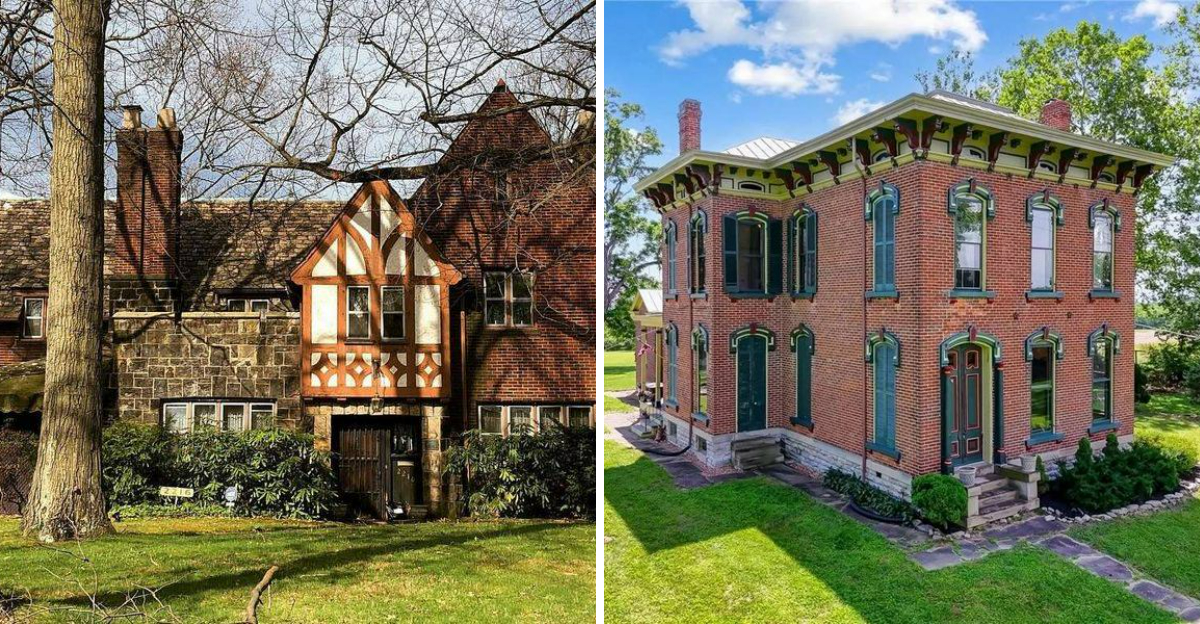
Ohio’s architectural landscape tells a story of American history through its diverse house styles. From early settler homes to grand Victorian mansions, these distinctive designs reflect our state’s rich heritage and changing tastes over generations.
Now, many classic Ohio house styles are experiencing renewed appreciation as homeowners seek character, craftsmanship, and connection to our shared past.
1. Greek Revival Farmhouses
Stately columns and symmetrical facades give Greek Revival farmhouses their distinctive appearance throughout rural Ohio. I love how these homes blend practical agricultural roots with refined classical elements.
Built primarily between 1825-1860, these structures feature crisp white exteriors, dark green shutters, and impressive front porches that served as gathering spaces. Their balanced proportions and clean lines feel surprisingly modern today.
2. American Foursquare
Practical yet handsome, the American Foursquare earned its nickname as the “box that works” for good reason. You’ll spot these sturdy homes in nearly every Ohio town, recognizable by their cubic shape and four-room-over-four-room floor plan.
Built primarily between 1890-1930, Foursquares feature wide front porches, hipped roofs, and large center dormers. Their efficient design offers maximum living space while their simple elegance appeals to today’s homeowners seeking solid construction and classic proportions.
3. Craftsman Bungalows
Hand-crafted details and natural materials give Craftsman bungalows their warm, welcoming character. Walking through my neighborhood, I notice these charming homes featuring exposed rafter tails, decorative beams, and built-in cabinets that showcase fine workmanship.
Popular in Ohio from 1905-1930, Craftsman homes celebrate honest construction and connection to nature. Their deep porches, stone fireplaces, and handcrafted woodwork represent a beautiful alternative to mass production that resonates with today’s appreciation for authenticity and artisanal quality.
4. Italianate Victorian Homes
Tall, narrow windows crowned with elaborate hoods make Italianate Victorians instantly recognizable in Ohio’s historic neighborhoods. My favorite feature has to be the decorative brackets supporting wide, overhanging eaves.
Popular from 1840-1885, these elegant homes showcase low-pitched roofs, cupolas, and often feature bay windows. Their ornate details reflect the prosperity of Ohio’s industrial boom and continue to charm new generations of homeowners seeking architectural character.
5. Tudor Revival Cottages
Storybook charm radiates from Tudor Revival cottages with their steep roofs and decorative half-timbering. Whenever I pass these romantic homes, I imagine the medieval English villages that inspired their distinctive style.
Built primarily during the 1920s-1930s, these picturesque houses feature multi-paned windows, arched doorways, and often incorporate stone or brick with stucco. Their cozy, cottage-like proportions and whimsical details offer a fairy-tale quality that captivates modern homeowners seeking unique character and historical connection.
6. Queen Anne Victorians
Towers, turrets, and wraparound porches showcase the flamboyant personality of Queen Anne Victorian homes. No two are exactly alike, which makes discovering these architectural treasures throughout Ohio towns such a delight.
Flourishing between 1880-1910, these elaborate homes feature asymmetrical facades, varied surface textures, and exuberant ornamental details. Their vibrant paint schemes highlight intricate woodwork and gingerbread trim. Modern homeowners are embracing these grand dames of architecture, appreciating their unique character and craftsmanship impossible to replicate today.
7. Dutch Colonial Revivals
Gambrel roofs instantly identify Dutch Colonial Revival homes, creating their barn-like silhouette that’s both practical and charming. You’ll find these comfortable family houses throughout Ohio’s early 20th century neighborhoods.
Popular from 1890-1930, these adaptable homes feature distinctive roof shapes that provide extra second-floor living space. Their symmetrical facades typically include a central door flanked by multi-paned windows and dormer windows across the front. Modern homeowners appreciate their efficient use of space and timeless appeal that bridges formal and casual living.
8. Sears Catalog Homes
Mail-order houses from Sears catalogs dot Ohio neighborhoods, representing an early form of prefabricated housing. Between 1908-1940, over 70,000 of these kit homes were shipped by railroad, complete with pre-cut lumber and detailed assembly instructions.
Available in various architectural styles from bungalows to Colonials, these well-designed homes offered middle-class families quality housing at affordable prices. Their efficient floor plans and solid construction have stood the test of time. Today, homeowners proudly research their Sears home’s model name and history, celebrating these unique pieces of American ingenuity.
9. Federal Style Townhouses
Elegant simplicity defines Federal style townhouses with their balanced proportions and refined details. Found primarily in Ohio’s older river towns and early settlements, these sophisticated homes reflect America’s early architectural identity.
Built between 1780-1840, Federal homes feature symmetrical facades with central doors often crowned by fan-shaped windows or decorative pediments. Their simple, classical ornamentation includes delicate moldings and slender columns. Modern homeowners are drawn to their timeless elegance, historical significance, and adaptability to contemporary living while maintaining architectural integrity.
10. Mid-Century Modern Ranches
Clean lines and indoor-outdoor living define Mid-Century Modern ranches built during Ohio’s post-war housing boom. These revolutionary homes broke from traditional styles, embracing open floor plans and large windows that connect interior spaces with nature.
Constructed primarily between 1945-1975, these single-story homes feature low-pitched roofs, integrated carports, and often incorporate natural materials like stone and wood. Their space-age optimism and functional design principles feel remarkably relevant today. Young homebuyers are specifically seeking these architectural gems, appreciating their retro cool factor and forward-thinking design.
11. Gothic Revival Cottages
Pointed arches and steep gables give Gothic Revival cottages their distinctive romantic silhouette. These charming homes appeared in Ohio during the mid-19th century, inspired by medieval architecture and picturesque ideals.
Featuring decorative vergeboards (often called gingerbread trim), these storybook cottages incorporate lancet windows and often showcase board-and-batten siding. Their vertical emphasis and ornamental details create a sense of whimsy and artistic expression. Modern homeowners are rediscovering these architectural gems, drawn to their unique character and connection to America’s romantic architectural history.
12. Vernacular Saltbox Houses
Practical yet distinctive, saltbox houses feature an asymmetrical roofline that slopes dramatically to the rear. Early Ohio settlers adapted this New England style, creating homes well-suited to our harsh winters and changing seasons.
The unique profile comes from extending the rear roof to cover a one-story addition, creating more living space without additional foundation work. Their central chimneys provided efficient heating throughout. Today’s homeowners appreciate their historical significance, energy efficiency, and the way these homes connect us to early American ingenuity and resourcefulness.

